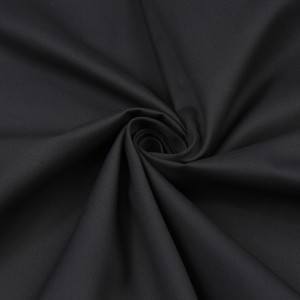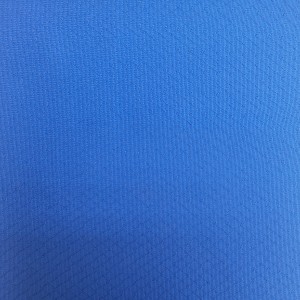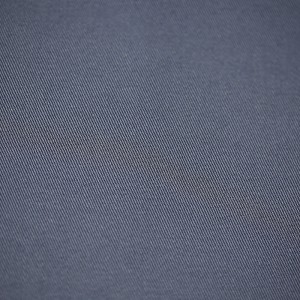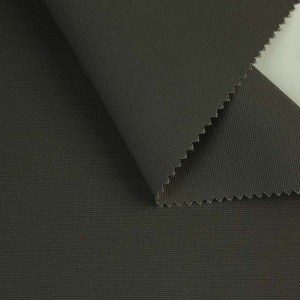100% cotton 2/2 Twill water repellent fabric 162*90/32*20 for outwear, everyday clothing, sportswear and protective clothing, etc.
| Art No. | MBF0026 |
| Composition | 100%Cotton |
| Yarn Count | 32*20 |
| Density | 162*90 |
| Full Width | 57/58″ |
| Weave | 2/2 Twill |
| Weight | 200g/㎡ |
| Finish | Peach+Water repellent |
| Fabric Characteristics | comfortable, water repellent, better hand feel,windproof, down proof. |
| Available Color | Navy,red,yellow,pink, etc. |
| Width Instruction | Edge-to-edge |
| Density Instruction | Finished Fabric Density |
| Delivery Port | Any port in China |
| Sample Swatches | Available |
| Packing | Rolls, fabrics length less than 30 yards are not acceptable. |
| Min order quantity | 5000 meter per color,5000 meter per order |
| Production Time | 25-30days |
| Supply Ability | 300,000 meters per month |
| End Use | outwear, everyday clothing, sportswear and protective clothing, etc. |
| Payment Terms | T/T in advance, LC at sight. |
| Shipment Terms | FOB, CRF and CIF, etc. |
Fabric Inspection:
This fabric can meet GB/T standard, ISO standard, JIS standard, US standard. All the fabrics will be 100 percent inspected before shipment according to American four point system standard.
About water repellent fabric
Water-repellent textiles usually resist wetting when worn in intermittent rain but do not provide adequate protection against driving rain. Unlike waterproof fabrics, water-repellent textiles have open pores making them permeable to air, water vapor, and liquid water (at high hydrostatic pressure). In order to obtain a water-repellent fabric, a hydrophobic material is applied to the fiber surface. As a result of this procedure, the fabric remains porous allowing air and water vapor to pass through. A downside is that in extreme weather conditions the fabric leaks.
The advantage of hydrophobic textiles is the enhanced breathability, however, they offer less protection against water. Water-repellent fabrics are used mainly in the production of conventional clothing or as an exterior layer of waterproof clothing. The hydrophobicity can be either permanent (due to the application of water repellents, DWR) or temporary.
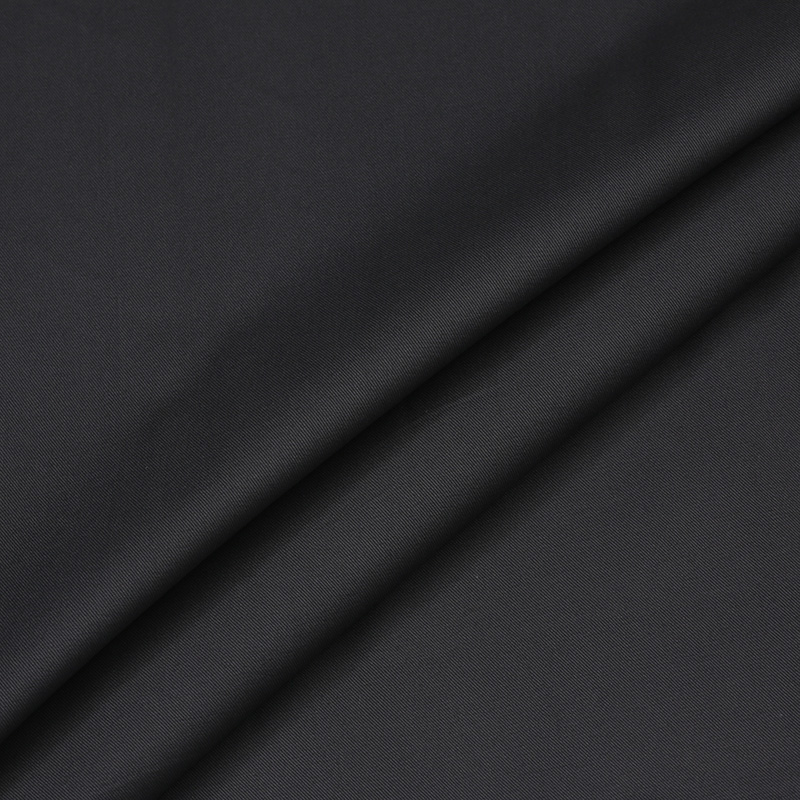


- English
- French
- German
- Portuguese
- Spanish
- Russian
- Japanese
- Korean
- Arabic
- Irish
- Greek
- Turkish
- Italian
- Danish
- Romanian
- Indonesian
- Czech
- Afrikaans
- Swedish
- Polish
- Basque
- Catalan
- Esperanto
- Hindi
- Lao
- Albanian
- Amharic
- Armenian
- Azerbaijani
- Belarusian
- Bengali
- Bosnian
- Bulgarian
- Cebuano
- Chichewa
- Corsican
- Croatian
- Dutch
- Estonian
- Filipino
- Finnish
- Frisian
- Galician
- Georgian
- Gujarati
- Haitian
- Hausa
- Hawaiian
- Hebrew
- Hmong
- Hungarian
- Icelandic
- Igbo
- Javanese
- Kannada
- Kazakh
- Khmer
- Kurdish
- Kyrgyz
- Latin
- Latvian
- Lithuanian
- Luxembou..
- Macedonian
- Malagasy
- Malay
- Malayalam
- Maltese
- Maori
- Marathi
- Mongolian
- Burmese
- Nepali
- Norwegian
- Pashto
- Persian
- Punjabi
- Serbian
- Sesotho
- Sinhala
- Slovak
- Slovenian
- Somali
- Samoan
- Scots Gaelic
- Shona
- Sindhi
- Sundanese
- Swahili
- Tajik
- Tamil
- Telugu
- Thai
- Ukrainian
- Urdu
- Uzbek
- Vietnamese
- Welsh
- Xhosa
- Yiddish
- Yoruba
- Zulu
- Kinyarwanda
- Tatar
- Oriya
- Turkmen
- Uyghur


